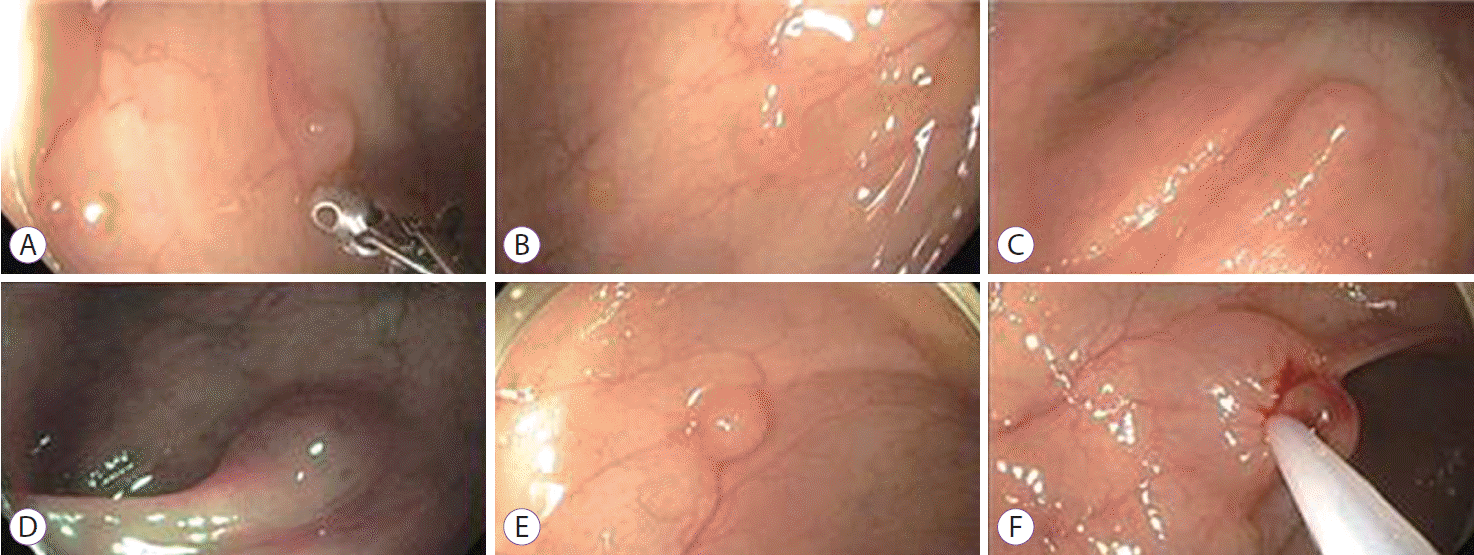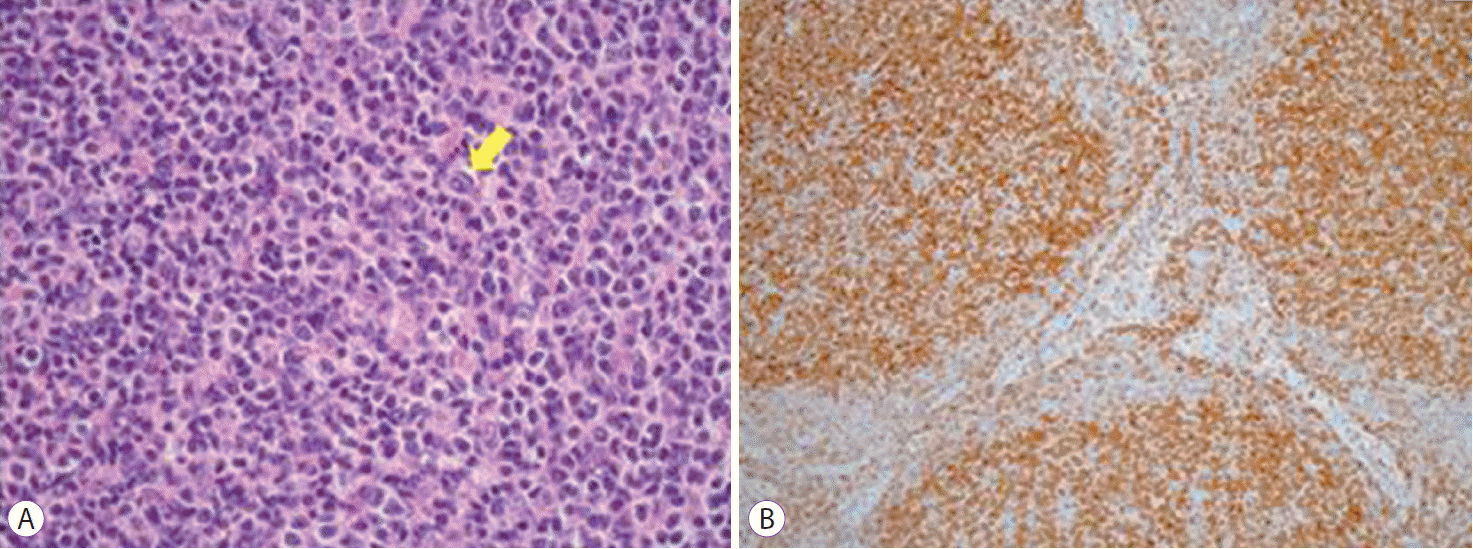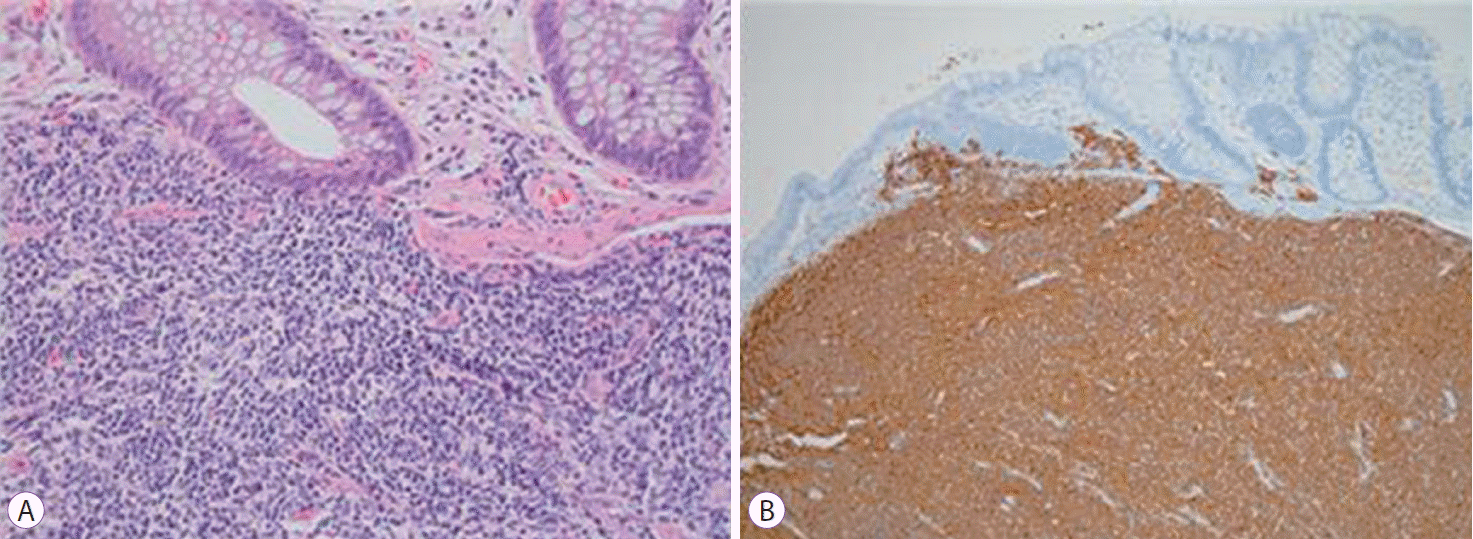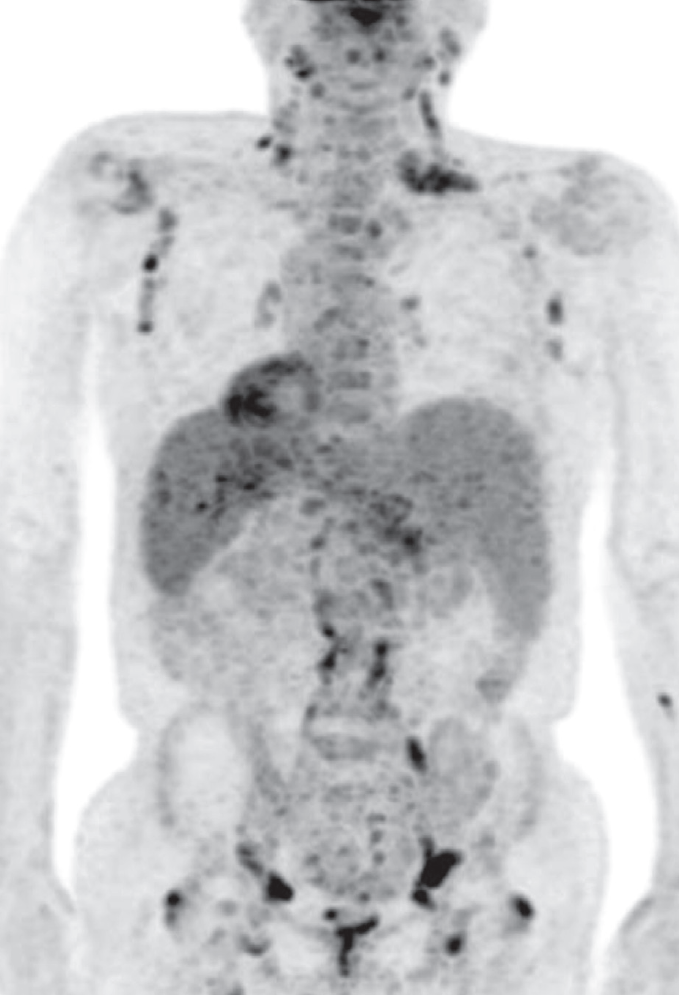1. Zucca E, Roggero E, Bertoni F, Cavalli F. Primary extranodal non-Hodgkin’s lymphomas. Part 1: gastrointestinal, cutaneous and genitourinary lymphomas. Ann Oncol. 1997; 8:727–737.

2. Damaj G, Verkarre V, Delmer A, et al. Primary follicular lymphoma of the gastrointestinal tract: a study of 25 cases and a literature review. Ann Oncol. 2003; 14:623–629.

3. Iwamuro M, Okada H, Takata K, et al. Colorectal manifestation of follicular lymphoma. Intern Med. 2016; 55:1–8.

4. Misdraji J, Harris NL, Hasserjian RP, Lauwers GY, Ferry JA. Primary follicular lymphoma of the gastrointestinal tract. Am J Surg Pathol. 2011; 35:1255–1263.

5. Kim YH, Lee JH, Yang SK, et al. Primary colon lymphoma in Korea: a KASID (Korean association for the study of intestinal diseases) study. Dig Dis Sci. 2005; 50:2243–2247.

6. Hayashi N, Tanaka S, Hewett DG, et al. Endoscopic prediction of deep submucosal invasive carcinoma: validation of the narrow-band imaging international colorectal endoscopic (NICE) classification. Gastrointest Endosc. 2013; 78:625–632.

7. Carbone PP, Kaplan HS, Musshoff K, Smithers DW, Tubiana M. Report of the committee on Hodgkin’s disease staging classification. Cancer Res. 1971; 31:1860–1861.
8. Swerdlow SH, Campo E, Harris NL, et al. WHO classification of tumours of haematopoietic and lymphoid tissues. 4th ed. Lyon: International Agency for Research on Cancer;2008.
9. Shia J, Teruya-Feldstein J, Pan D, et al. Primary follicular lymphoma of the gastrointestinal tract: a clinical and pathologic study of 26 cases. Am J Surg Pathol. 2002; 26:216–224.
10. Ferreira A, Gonçalves R, Rolanda C, et al. A different kind of colon polyp. Gastroenterology. 2012; 143:1440. 1693-1694.

11. Takata K, Okada H, Ohmiya N, et al. Primary gastrointestinal follicular lymphoma involving the duodenal second portion is a distinct entity: a multicenter, retrospective analysis in Japan. Cancer Sci. 2011; 102:1532–1536.

12. Pyeon SI, Song GA, Baek DH, et al. Primary follicular lymphoma in the rectum incidentally found on screening colonoscopy. Korean J Gastroenterol. 2017; 69:139–142.

13. Kwon BS, Kim CD, Park JY, et al. A case of primary follicular lymphoma arising in the rectum. Korean J Gastrointest Endosc. 2006; 33:285–288.
14. Wang MH, Wong JM, Lien HC, Lin CW, Wang CY. Colonoscopic manifestations of primary colorectal lymphoma. Endoscopy. 2001; 33:605–609.

15. Myung SJ, Joo KR, Yang SK, et al. Clinicopathologic features of ileocolonic malignant lymphoma: analysis according to colonoscopic classification. Gastrointest Endosc. 2003; 57:343–347.

16. Kahl BS, Yang DT. Follicular lymphoma: evolving therapeutic strategies. Blood. 2016; 127:2055–2063.

17. Salles G, Seymour JF, Offner F, et al. Rituximab maintenance for 2 years in patients with high tumour burden follicular lymphoma responding to rituximab plus chemotherapy (PRIMA): a phase 3, randomised controlled trial. Lancet. 2011; 377:42–51.

18. Hassan C, Repici A, Zullo A, Kanakadandi V, Sharma P. Colonic polyps: are we ready to resect and discard? Gastrointest Endosc Clin N Am. 2013; 23:663–678.
19. Radaelli F. The resect-and-discard strategy for management of small and diminutive colonic polyps. Gastroenterol Hepatol (N Y). 2013; 9:305–308.
20. Hassan C, Pickhardt PJ, Kim DH, et al. Systematic review: distribution of advanced neoplasia according to polyp size at screening colonoscopy. Aliment Pharmacol Ther. 2010; 31:210–217.







 PDF
PDF Citation
Citation Print
Print





 XML Download
XML Download